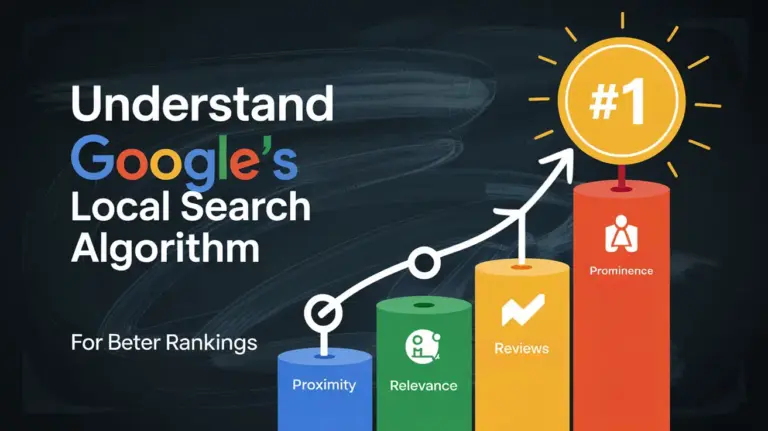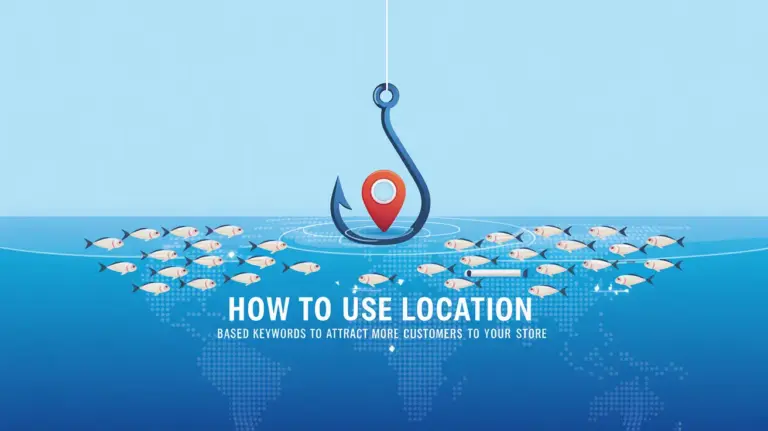The world of online payments has evolved at a staggering pace, and at the forefront of this digital revolution stands Stripe. Celebrated for its versatility, security, and user-friendliness, Stripe is the go-to choice for numerous businesses. But are you getting the most out of your Stripe integration? Let’s delve into the advanced features of Stripe that every business should be utilizing to streamline operations and enhance customer experience.
1. Stripe Radar for Fraud Management
Stripe Radar uses advanced machine learning algorithms to detect and prevent fraudulent activities. The best part? It’s tailored to your business, improving its accuracy over time.
How to use it: Dive into your Stripe dashboard and set up custom rules for Radar, specifying triggers and actions based on transaction patterns.
2. Subscription Models with Stripe Billing
Stripe isn’t just about one-off payments. With Stripe Billing, businesses can easily set up and manage subscription models, offering flexibility to customers and ensuring recurring revenue streams.
How to use it: Create product plans within Stripe, setting pricing, billing intervals, and trial periods. Once established, integrate these plans directly into your checkout process.
3. Stripe Connect for Marketplace and Platform Building
Dreaming of the next big marketplace or platform? Stripe Connect simplifies the payment process for multi-sided platforms, ensuring secure transfers between customers and third-party providers.
How to use it: Implement Stripe Connect on your platform, customize the payment flow, and manage how funds are split between parties.
4. Multi-Currency Support
Going global? Stripe’s got you covered. Accept payments in 135+ currencies, letting customers pay in their preferred currency while you receive funds in yours.
How to use it: Set the desired currencies in your Stripe dashboard, and the currency conversion is handled automatically during the payment process.
5. Stripe Sigma for Enhanced Analytics
Stripe Sigma is the analytics powerhouse you didn’t know you needed. With a SQL-driven environment, businesses can generate custom reports, analyze patterns, and gain actionable insights.
How to use it: Use the built-in report templates or craft custom SQL queries to delve into your transaction data.
6. Stripe Terminal for Physical Payments
While Stripe shines in the digital realm, Stripe Terminal extends its capabilities to in-person payments, blending online and offline commerce seamlessly.
How to use it: Procure Stripe’s card readers or integrate the Stripe Terminal SDK into your existing POS system.
Conclusion:
Stripe is more than just a payment gateway. It’s an ecosystem, brimming with features designed to cater to the dynamic needs of modern businesses. Whether you’re an e-commerce giant, a subscription-based startup, or a budding marketplace, there’s a Stripe feature waiting to optimize your operations. Dive deep, explore these advanced features, and watch your business flourish in the digital age.
Remember, as with all technologies, it’s essential to periodically reassess your tools and integrations to ensure you’re maximizing their potential and keeping pace with the ever-evolving digital landscape. With Stripe, the possibilities are not only vast but also continuously expanding.







